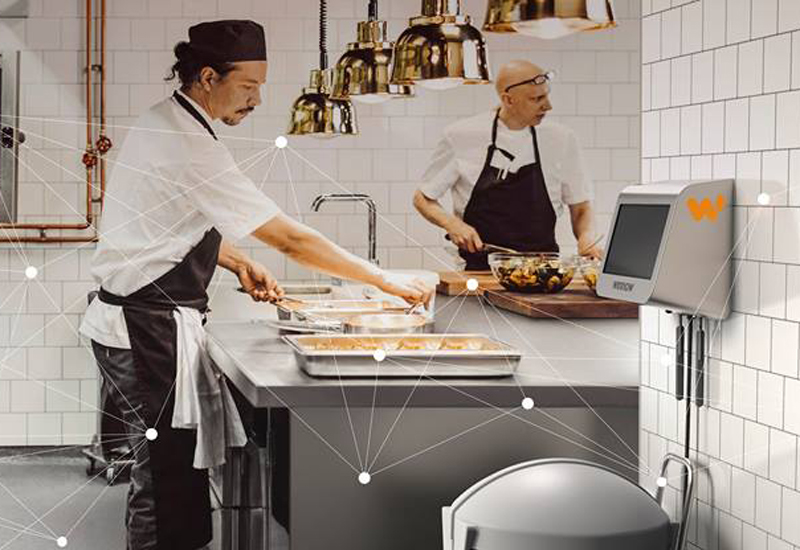In the rapidly evolving world of electric vehicles, the terms autopilot and full self-driving have become buzzwords. As technology advances, drivers are increasingly interested in the differences between these two modes. Understanding autopilot vs full self-driving is essential for anyone considering the purchase of an electric vehicle, especially from manufacturers like Tesla.

What is Autopilot?
Autopilot is a driver assistance system designed to aid the driver with steering, acceleration, and braking. It’s similar to the way pilots use autopilot systems in aircraft. While it offers some degree of automation, it still requires driver supervision and intervention. Teslas Autopilot is one of the most well-known examples in the automotive industry.
Features of Autopilot
Autopilot includes features like traffic-aware cruise control and autosteer. Traffic-aware cruise control adjusts the speed of your car based on the speed of traffic around you. Autosteer assists in steering within a clearly marked lane. These features help reduce the drivers workload in certain conditions but do not replace the need for constant attention.
Limitations of Autopilot
Despite its capabilities, autopilot is not a fully autonomous system. Drivers must remain attentive and keep their hands on the steering wheel. The system is not designed to handle all driving scenarios, and it may not recognize complex road conditions. Understanding these limitations is crucial for safe operation.
What is Full Self-Driving?
Full Self-Driving (FSD) aims to offer complete automation, where the vehicle can drive itself without human intervention. While the technology is still in development, the goal is to handle all driving tasks in any environment. Tesla’s FSD package includes additional features that bring the vehicle closer to full autonomy.
Features of Full Self-Driving
FSD includes features like navigate on autopilot, auto lane change, and summon. Navigate on autopilot can guide the car from a highways on-ramp to off-ramp, including suggesting lane changes. Auto lane change allows the car to change lanes without driver input, and summon enables the vehicle to navigate parking lots to come to the driver.
Development and Challenges
While FSD technology promises exciting possibilities, it faces significant challenges. These include regulatory hurdles, technological limitations, and ethical considerations. The path to full autonomy requires rigorous testing and validation to ensure safety and reliability.
Comparing Autopilot and Full Self-Driving
When comparing autopilot vs full self-driving, it is important to note the differences in their capabilities and objectives. Autopilot assists the driver, whereas FSD aims to eliminate the need for driver involvement. Understanding these distinctions helps consumers make informed decisions about their vehicle options.
Safety Considerations
Both systems prioritize safety, but the level of autonomy affects how safety measures are implemented. Autopilot requires driver supervision, which acts as a safety barrier. In contrast, FSD aims for full autonomy, necessitating advanced safety protocols to ensure passenger and pedestrian safety.
Cost Implications
Purchasing an EV with FSD capabilities can be significantly more expensive than one with basic autopilot. The added cost reflects the advanced technology and its potential to revolutionize transportation. Consumers need to weigh the benefits against the costs to decide which option is right for them.
The Future of Autonomous Vehicles
The future of autonomous vehicles is bright, with advancements in AI and machine learning driving innovation. Companies are continuously working to enhance their systems, pushing towards a world where cars can function independently. For more on EV technology, visit EV technology glossary.
Impact on Transportation
Autonomous vehicles have the potential to transform transportation by reducing accidents, easing traffic congestion, and providing mobility to those unable to drive. As the technology matures, these benefits may become widely accessible.
Regulatory and Ethical Considerations
Before full autonomy becomes a reality, regulatory frameworks must be established. Ethical questions about decision-making in complex scenarios also need to be addressed. These challenges are crucial to gaining public trust and acceptance.
Conclusion
Understanding autopilot vs full self-driving is key for anyone interested in the future of driving. As technology evolves, it promises to change the way we interact with our vehicles. By staying informed, consumers can make better choices and prepare for a future where autonomous driving is the norm. For more insights on the electric vehicle industry, check out Electric Vehicles on Wikipedia.

FAQs
What is the main difference between Autopilot and Full Self-Driving?
Autopilot is a driver assistance system that requires human supervision, while Full Self-Driving aims to offer complete vehicle autonomy.
Is Full Self-Driving available now?
Full Self-Driving is available in limited versions and continues to be developed. Its full potential is yet to be realized, and it faces regulatory and technological challenges.
What are the cost differences between Autopilot and Full Self-Driving?
Full Self-Driving is generally more expensive due to its advanced features and the potential for full autonomy, whereas Autopilot offers basic driver assistance at a lower cost.





